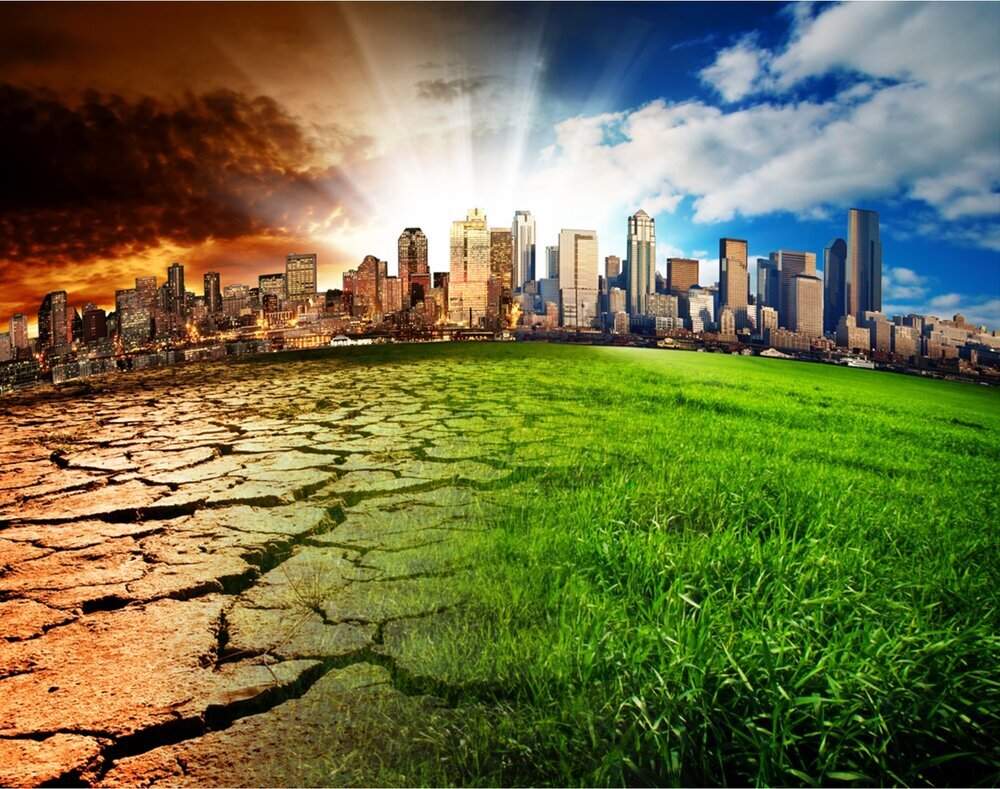
Shahad Al-Aziz is a writer specializing in architecture and architectural design, contributing her work to the "ARCHUP" architectural network. Shahad stands out for her deep analysis and constructive criticism of architectural works, making her articles a source of inspiration for architects and those interested in architectural art. Her writings focus on integrating traditional and modern design styles, emphasizing the importance of sustainability and innovation in architecture.






